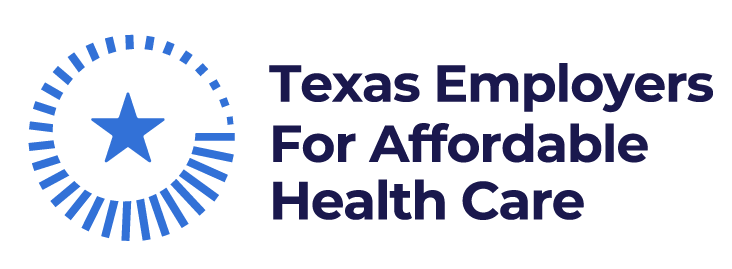Prescription drugs are regularly cited by employers as a leading driver of increased overall health care expenses. This means employers need to collect and analyze pharmacy and medical claims data to ensure they are getting the best value from their health care plans, both to protect their bottom lines and their fiduciary duty to their employees.
Thanks to recent legislative reforms, employers have access to more pharmacy and medical claims data than ever before. Unfortunately, the sheer amount of data available can sometimes feel overwhelming.
In a recent piece for Employee Benefit News, Capital Rx’s Bridget Mulvenna provides helpful tips about three pieces of information benefit managers should look for and how to put them to work for your company and your employees.
What claims data is needed and what data are nice to have? It can be overwhelming and confusing for plan sponsors to know where to start and what data to ask for. So, here are three of the must-haves for effective cost analysis and plan management:
- Prescription drug claims, including utilization
This includes details on every prescription filled by a plan member, including drug name, dosage, quantity, National Drug Code (NDC), total cost, what the plan and member paid and dispensing pharmacy information.
- Manufacturer revenue
This involves information on rebates and any other remuneration received from manufacturers, including amounts, timing and conditions of the payments. - Drug channel and day supply
This includes detailed information on the quantity dispensed, as well as whether the drug was dispensed by a retail, mail order or specialty pharmacy.
Check out the rest of Bridget’s insights at EBN, including what to do with that data once you’ve gathered it.
And if you’re a Texas employer, join TXEAHC and download our free Employer Health Care Data Field Guide so you can take your health plan management from high prices to high value.
